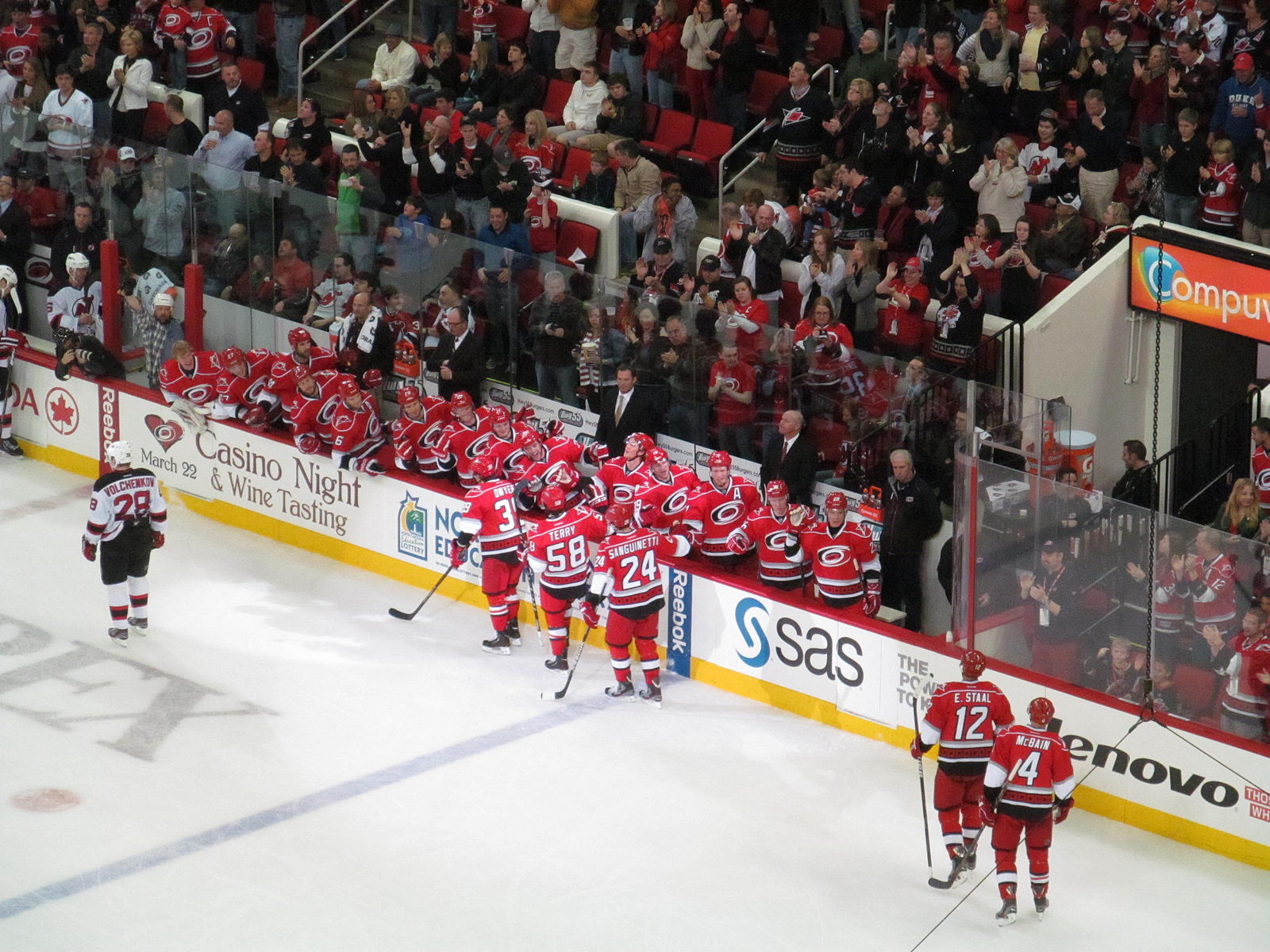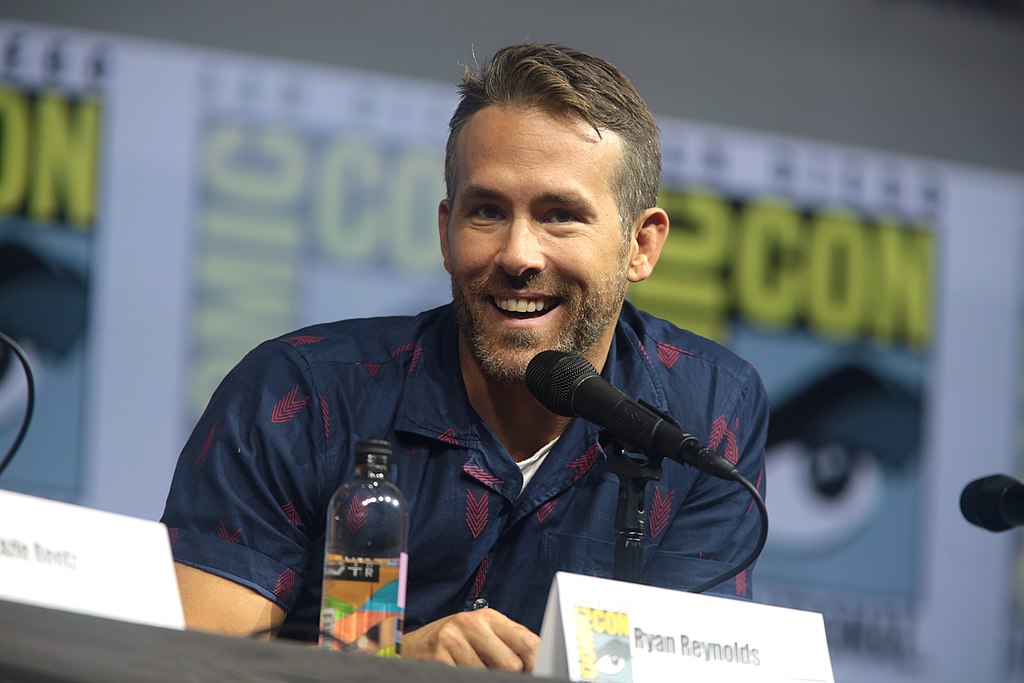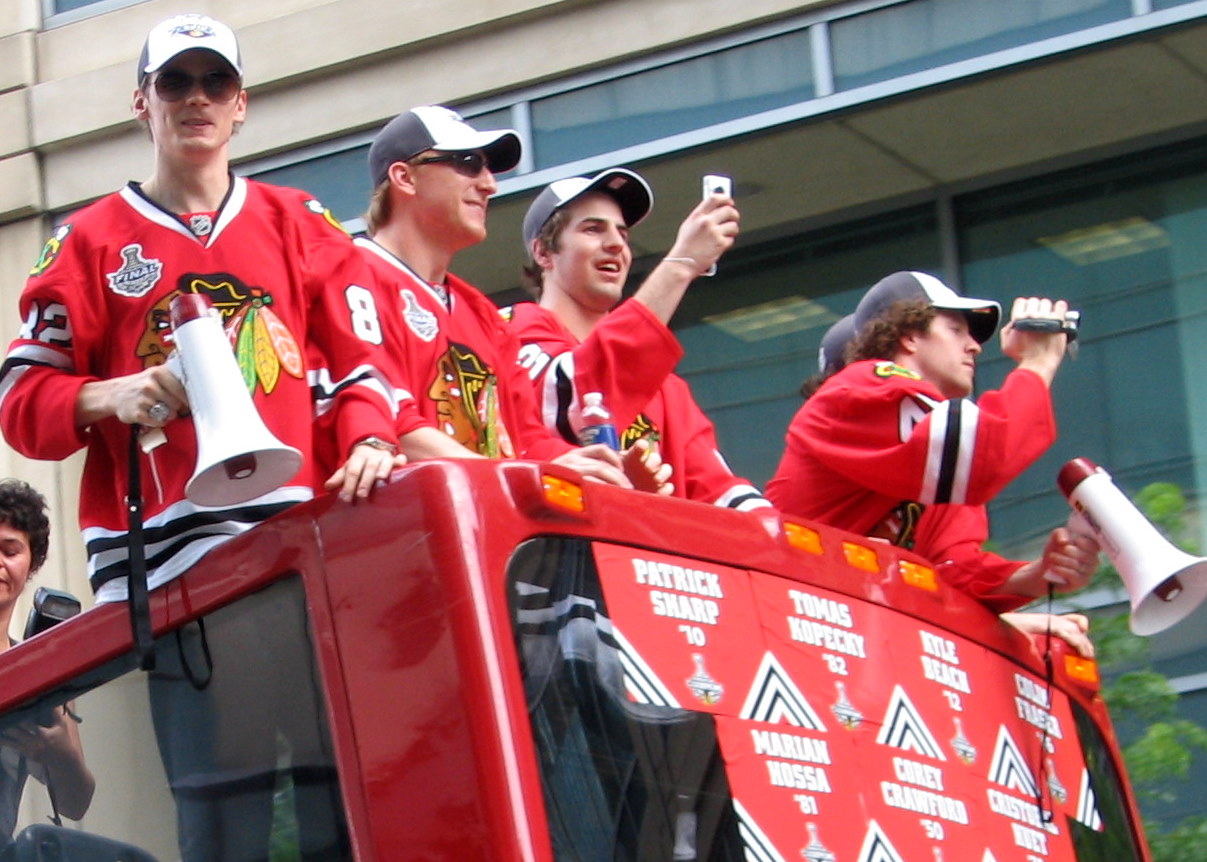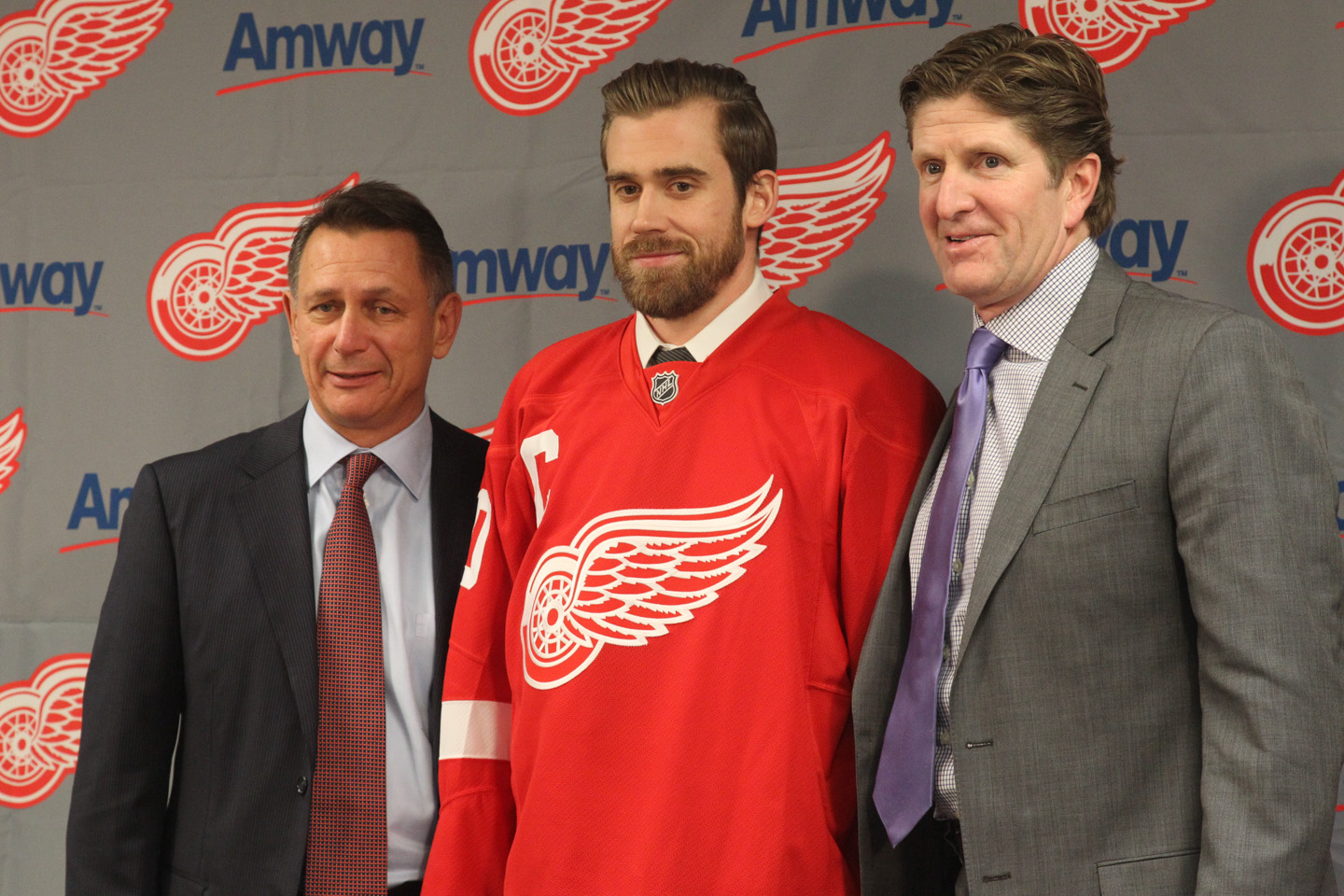We previously explored various specific rules and loopholes involving the NHL’s salary cap. This included the “LTIR trick” and a very roundabout way that players may be traded for cash. Today we jump back into this series and look at another restriction related to cap retention in trades – the trade and subsequent reacquisition.
The Trade and Return
Salary cap retention in trades allows for enhanced movement of players between teams. It frankly makes it much simpler for teams to load and unload players within the constraints of the salary cap. This also allows for teams with ample cap space to act as a “broker” in a three-way transaction. Even with open doors, this opportunity is not left unchecked. There are various parameters on salary cap retention including no more than 50% retained per player in a trade and a limit on the number of players’ retained salaries a team can have at once.
One of the specific restrictions is that a team cannot reacquire a player they traded a year before with the previously acquiring team retaining salary. This has recently popped up when the Carolina Hurricanes traded Tony DeAngelo last year and attempted to reacquire him from the Philadelphia Flyers with Philly retaining his salary. This appears to be a case of first impression and could potentially help define how this rule should apply.
Why the Restriction on Retained Salary Cap Reacquisitions
So why does the NHL restrict salary retention on certain reacquisitions? First, let’s look at the rule. Under Section 50.5(e)(iii)(4) of the NHL Collective Bargaining Agreement (CBA), teams that engage in a trade cannot reacquire that player anytime within one calendar year of the original trade with the retention of salary by the original recipient team. Specifically, that section of the CBA provides that it applies to any player on the team’s “reserve list.”
The reserve list includes players under a standard players contract (SPC). It also includes players the team has rights to, including unsigned drafted players (See NHL CBA Article 1). This list does not seemingly include restricted free agents (RFAs). Technically, teams do not have unfettered rights to their RFAs but have a right of first refusal (See NHL CBA Article 1). As further support for this, Section 13.13 of the NHL CBA includes “This section shall not apply to a Player on the Reserve List or Restricted Free Agent List of an NHL Club….” If RFAs were included on the reserve list you would think the CBA would not delineate between the two in such a manner as seen in Section 13.13.
This rule actually makes sense. Without it, cap limited teams could make arrangements with cap sufficient teams to first trade for a player. The cap sufficient team would then trade that player back to the cap limited team for whatever it originally gave up plus other assets while retaining salary. This provides the cap limited team with cap relief and the cap sufficient team with additional assets. While this rule makes sense, you could argue this arrangement is not much different than teams gathering additional assets in exchange for taking on retained salary in three-way trades or trading for players in a cap dump. Nevertheless, that is the rule and so far, it seems pretty clear.
Tony DeAngelo and the Hurricanes
We finally got to see that rule in action during the 2023 offseason. Tony DeAngelo originally signed a one-year contract with the Carolina Hurricanes in 2022. Due to his age and experience, DeAngelo was an RFA at the end of the season. After a decent year, the two sides could not come to a deal and the Hurricanes moved DeAngelo’s RFA rights to the Philadelphia Flyers in exchange for draft picks. That trade occurred on July 8, 2022. Philadelphia quickly signed DeAngelo to a two-year contract.
Here is where this gets interesting. To some, it was weird to see the Flyers (who seemingly need to be at least re-tooling) acquire DeAngelo for draft picks. With the 2022-23 season in the rearview, DeAngelo did not have the same success in Philly that he did in Carolina. Also, it is noteworthy that the Flyers recently changed management with Daniel Briere now steering the ship. Prior to the one-year anniversary of that trade, reports indicated that Carolina had a deal in place with Philadelphia to reacquire DeAngelo in the 2023 offseason. The Flyers agreed to retain 50% of DeAngelo’s salary in that trade as well.
However, the NHL reportedly stepped in and said the trade could not go through because it would violate the NHL’s rule of reacquiring players at retained salaries. But did it?
The Arguments in the DeAngelo Trade
The Hurricanes and Flyers reportedly argued against the NHL related to this transaction. They provided that (1) the Flyers signed the contract and (2) it was a different General Manager who originally obtained and signed DeAngelo for the Flyers. It became a little unclear as to what the NHL really decided here.
Well, this is sort of crazy, but I guess rules are rules?
— Dan Silver (@dsilver88) June 26, 2023
Explainer from @PierreVLeBrun @TheAthleticNHL on why league has not allowed the DeAngelo trade to this pointhttps://t.co/ptfzFhj0gQ pic.twitter.com/dwOf6NusKp
It was so close to the one-year anniversary of the original trade it seems like the NHL said to wait until that date and then complete it. Essentially, “we didn’t want to go in depth fighting over this.” However, things can change fast. Even though the Hurricanes and Flyers may have had a trade agreed upon in principle, they are not necessarily held to it. It would be an uphill battle for either side to argue for its enforcement. You can’t agree to agree typically unless it is something like an option contract.
And that is just in normal common law. With the CBA, you have to follow its terms and parameters. When July 9 came and went, nothing happened. Maybe one of the two sides backed out. It’s not clear but ultimately Philadelphia bought DeAngelo out. Unfortunately, without a true decision by the NHL on the trade, we don’t know if it would view these types of transactions as actually violating the CBA and as illegal cap circumvention.
Why this Should Not Apply Here
By looking at the specific language in the CBA it appears that this trade actually should not violate the rule provided in Section 50.5(e)(iii)(4) of the CBA. The strongest reason is the plain language in that section of the CBA. It says that this applies to anyone traded on the team’s reserve list. DeAngelo was an unsigned RFA and, as mentioned above, RFA’s are not on the reserve list. The League Year ends on June 30 (unless agreed differently between the NHL and NHLPA) and at that point the player is no longer on their SPC. (See Article 1 of the CBA). There was no salary retention in the original trade and DeAngelo was not on the Hurricanes reserve list. In fact, it was Philadelphia that signed the contract they were looking to retain salary on. Under this plain reading analysis, this trade should not have violated this rule.
Pushing the Parameters of the Rules Helps Define Them
I would have leaned into the plain reading argument as well as the fact that from a policy standpoint, blocking this trade doesn’t really alleviate the problem the rule was set up to prevent. The plain reading of the CBA is pretty clear that this prohibition should only apply to players on a team’s reserve list. Additionally, DeAngelo was not signed when he was traded. Even though there may have been some ideas on what his cap hit would potentially look like, it was speculative at that point. The rule here would not alleviate the issue it was designed to prevent. That is, the backdoor cap relief in trade and return deals.
However, keep in mind the NHL sort of has a silver bullet where they can look at almost anything and say that it appears to be illegal cap circumvention. This can get really tricky though. If a team really felt like it was necessary, they could try to challenge any vague movement by the league as not following the terms of its own CBA. But in something like this, it wouldn’t be worth it. You try it, argue your case and then sort of move on.
If the NHL makes a final decision, then teams in the future can look at it as precedent and say ok we can/cannot make this move. And they adjust accordingly. But without an affirmative ruling, we are left guessing. The NHL seemed to sort of sidestep it by saying wait until the one-year anniversary. But maybe that was their ruling. Either way, teams may have to take some caution in these moves going forward.
Post image attribution: By Doug Kerr from Albany, NY, United States, CC BY-SA 2.0 https://creativecommons.org/licenses/by-sa/2.0, via Wikimedia Commons




